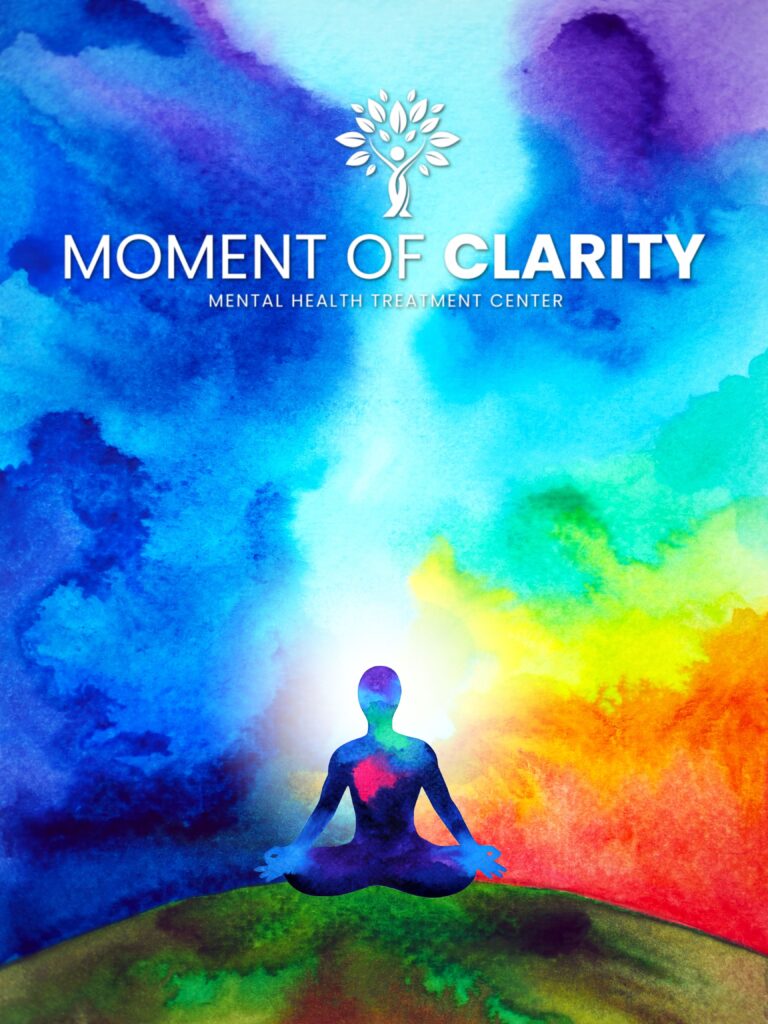Valentine’s Day can intensify feelings of loneliness and depression for many people, as the holiday’s emphasis on romantic love and relationships can highlight feelings of isolation or loss. The constant stream of romantic imagery in media, coupled with seeing others celebrate their relationships, may trigger or worsen depressive symptoms. Social media can be particularly challenging during this time, as carefully curated posts showing perfect couples and elaborate celebrations can create unrealistic comparisons and deepen feelings of inadequacy or disconnection, leading to some suffering from Valentine’s Day depression.
When experiencing various types of depression, whether Valentine’s Day-related or not, it’s crucial to recognize that seeking professional help is a sign of strength, not weakness. A mental health professional can provide evidence-based treatments, helping patients develop coping strategies and work through underlying issues. Along with professional treatment, consider limiting social media exposure, maintaining connections with friends and family, practicing self-care activities that bring comfort, and remembering worth isn’t determined by relationship status.
If you are having thoughts of self-harm or experiencing severe depression, don’t hesitate to reach out to a crisis hotline or mental health professional immediately to find people ready to support you through this challenging time. This article will further explore how Valentine’s Day impacts mental health and how treatment for depression can help patients overcome their mental health condition.

How Does Valentine’s Day Affect Mental Health?
Valentine’s Day can significantly impact mental health in various ways, particularly for singles who have recently experienced a breakup or are in complicated relationships. The holiday’s commercialization and societal pressure to celebrate romantic love can trigger feelings of anxiety, inadequacy, and social comparison.
Many people report experiencing heightened stress during this period, feeling pressured to meet cultural expectations of grand romantic gestures, or finding themselves confronting uncomfortable emotions about their relationship status. The pervasive marketing campaigns and social media posts can create unrealistic expectations and amplify feelings of loneliness or exclusion.
For those with existing mental health conditions, Valentine’s Day can exacerbate symptoms of depression, anxiety, or low self-esteem. The holiday may be a painful reminder of past relationships, lost loved ones, or unfulfilled desires for connection. This emotional strain can manifest in various ways, from having trouble sleeping and changes in appetite to increased social withdrawal and negative self-talk.
However, these feelings are temporary and often influenced by external pressures rather than genuine reflections of one’s worth or relationship status. Many people seek treatment for depression during this period, highlighting the holiday’s mental health impact and developing healthy coping strategies.
Mental Health Treatment That Works
Why Is Valentine’s Day So Sad?
Valentine’s Day can feel particularly sad for many complex emotional and social reasons. At its core, the holiday creates an artificial spotlight on relationships and love, which can magnify feelings of loneliness or loss that might be more manageable on regular days. People who are grieving lost relationships, processing breakups, or dealing with complicated family dynamics often find their emotions intensified during this time.
The commercialization of Valentine’s Day has created unrealistic expectations about romance and relationships. The pressure to demonstrate love through grand gestures, expensive gifts, or perfect dates can leave many feeling inadequate or disappointed, even in healthy relationships. Social media amplifies this effect, as people tend to share only their most picture-perfect moments, creating a distorted view of what love and relationships should look like.
For singles, the holiday can feel like a lonely time and create a sense of being left out of a significant cultural moment. This feeling is often compounded by well-meaning but potentially hurtful questions from family and friends about one’s relationship status. The day can also trigger difficult memories for those who have lost partners through death, divorce, or separation, making it a particularly challenging time for processing grief.

Why Do I Cry Every Valentine’s Day?
People cry on Valentine’s Day for various deeply personal and emotional reasons. The day can act as an emotional trigger that brings multiple feelings to the surface, often in overwhelming ways. Some cry from feeling the acute pain of loneliness, particularly if they’re experiencing their first Valentine’s Day after losing a partner through death or separation. These tears might be part of their grieving process, a natural response to missing someone they deeply love.
For others, tears may come from feelings of inadequacy or unworthiness, especially when having to deal with constant images of romance and partnership in media and advertising. The pressure to measure up to these standards can be intense, and tears might represent frustration with these unrealistic expectations or disappointment in current circumstances. Even people in relationships might cry from unmet expectations, feeling that their partner doesn’t understand or value them in the way they hope to be loved.
What Are the Three Basic Approaches to Treating Depression?
The three basic approaches to treating depression consist of therapy, medication, and lifestyle modifications, each playing a vital role in comprehensive mental health care.
1. Therapy includes several evidence-based approaches, such as Cognitive Behavioral Therapy (CBT). CBT helps people identify and change negative thought patterns and behaviors. This depression treatment provides tools and strategies for managing depression symptoms and developing healthy coping mechanisms.
2. Medication treatment primarily involves antidepressants, which work by balancing brain chemicals called neurotransmitters. Common types include Selective Serotonin Reuptake Inhibitors (SSRIs). A qualified healthcare provider can determine the most appropriate medication based on individual symptoms, medical history, and potential side effects.
3. Lifestyle modifications are the third depression treatment approach, encompassing regular exercise, proper sleep hygiene, balanced nutrition, stress management, and social connection. Exercise has been shown to boost mood-enhancing chemicals in the brain while maintaining a consistent sleep schedule to help regulate emotional stability. These changes, while sometimes challenging to implement during depression, can significantly impact recovery when combined with other treatments.
Overcome Valentine’s Day Depression With Help From Moment of Clarity
Data from the Pew Research Center reveals that approximately 42% of single Americans are actively seeking romantic connections, whether through committed relationships or casual dating. This statistic highlights that feelings of loneliness around Valentine’s Day are a common and shared experience among many people.
For those experiencing Valentine’s Day depression, it’s essential to understand that seeking professional support is valuable at any time, regardless of whether the holiday triggers these feelings.
Mental health professionals at Moment of Clarity can provide various treatment approaches, including individual counseling to work through personal challenges, group therapy for shared experiences and support, and flexible outpatient programs that accommodate different needs and schedules. Remember that reaching out for help demonstrates strength and self-awareness and is an act of self-care that acknowledges your worth and right to feel better.
If you or someone you know is struggling with mental health or substance use challenges, please contact Moment of Clarity at 949-625-0564 to help you navigate these difficult times with compassion and evidence-based care.
External Sources
- The Guardian: ‘It’s very commercialized’: the rise of the anti-Valentine’s Day movement
- Pew Research Center: For Valentine’s Day, 5 facts about single Americans
- Drive Research: 20+ Sweet Valentine’s Day Statistics & Facts for 2025




